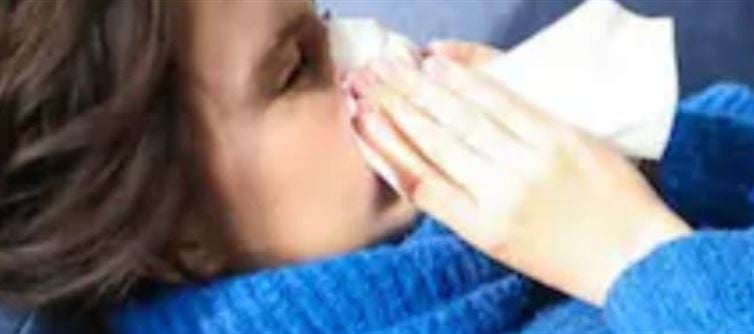
Firecrackers release toxic gases and fine particulate matter (PM2.5 and PM10), which enter the lungs and make breathing hard.
Crowded markets and increased vehicle traffic add to air pollution.
Post-cleaning garbage burning and higher electricity use worsen air quality.
All these factors combine to create dense, polluted air that lingers after the festival.
⚠️ Diseases That Pose Higher Risk After Diwali
1. Asthma & Respiratory Illnesses
Polluted air can trigger severe asthma attacks.
Asthma patients may need hospitalization due to worsened symptoms.
2. Persistent Cough & Throat Irritation
Air pollution irritates the nose and throat.
Common symptoms include sore throat, dry cough, and hoarseness.
3. COPD (Chronic Obstructive Pulmonary Disease)
Diwali smoke worsens symptoms in COPD patients.
Breathing becomes labored, and chest tightness increases.
4. COVID-19 Recovered Patients
Lungs already weakened by COVID are more sensitive to pollutants.
The risk of lung fibrosis aggravation increases.
5. Children & Elderly
Children’s lungs are underdeveloped; the elderly have weaker immunity.
Both groups are more vulnerable to pollution-related illnesses.
6. heart Problems
Polluted air increases the risk of heart attacks and strokes.
Poor AQI affects not only the lungs but also cardiovascular health.
✅ Simple & Effective Ways to Stay Safe After Diwali
Wear an N95 mask outdoors; avoid cloth masks.
Stay indoors during or after fireworks, especially when AQI > 150.
Keep windows closed and use a HEPA air purifier at home.
Add vitamin C, turmeric, amla, tomatoes, and omega-3s to your diet to support lung health.
Disclaimer:
The information contained in this article is for general informational purposes only. While we strive to ensure accuracy, we make no warranties or representations of any kind, express or implied, about the completeness, accuracy, reliability, suitability, or availability of the content. Any reliance you place on the information is strictly at your own risk. The views, opinions, or claims expressed in this article are those of the author and do not necessarily reflect the official policy or position of any organization mentioned. We disclaim any liability for any loss or damage arising directly or indirectly from the use of this article.




 click and follow Indiaherald WhatsApp channel
click and follow Indiaherald WhatsApp channel